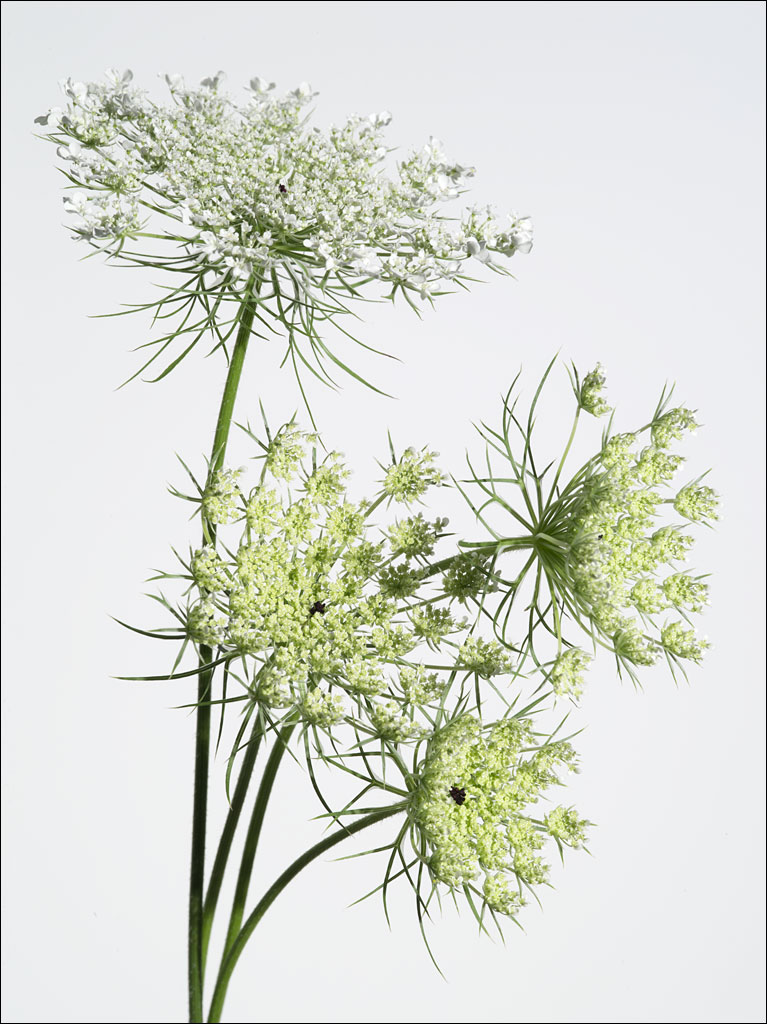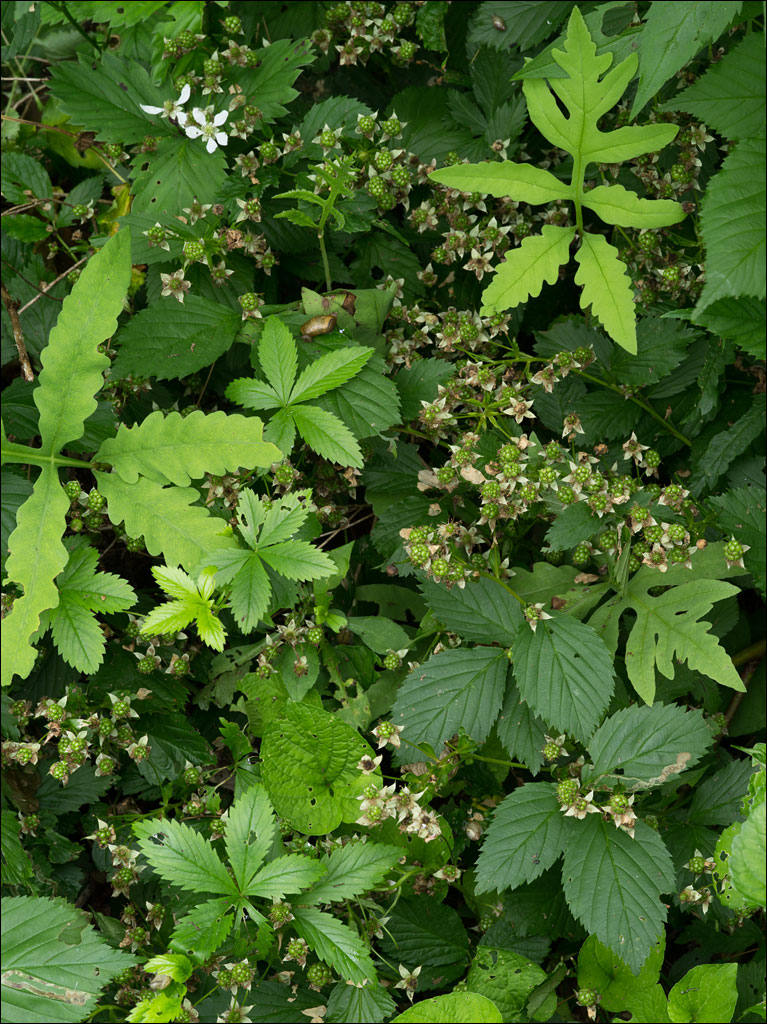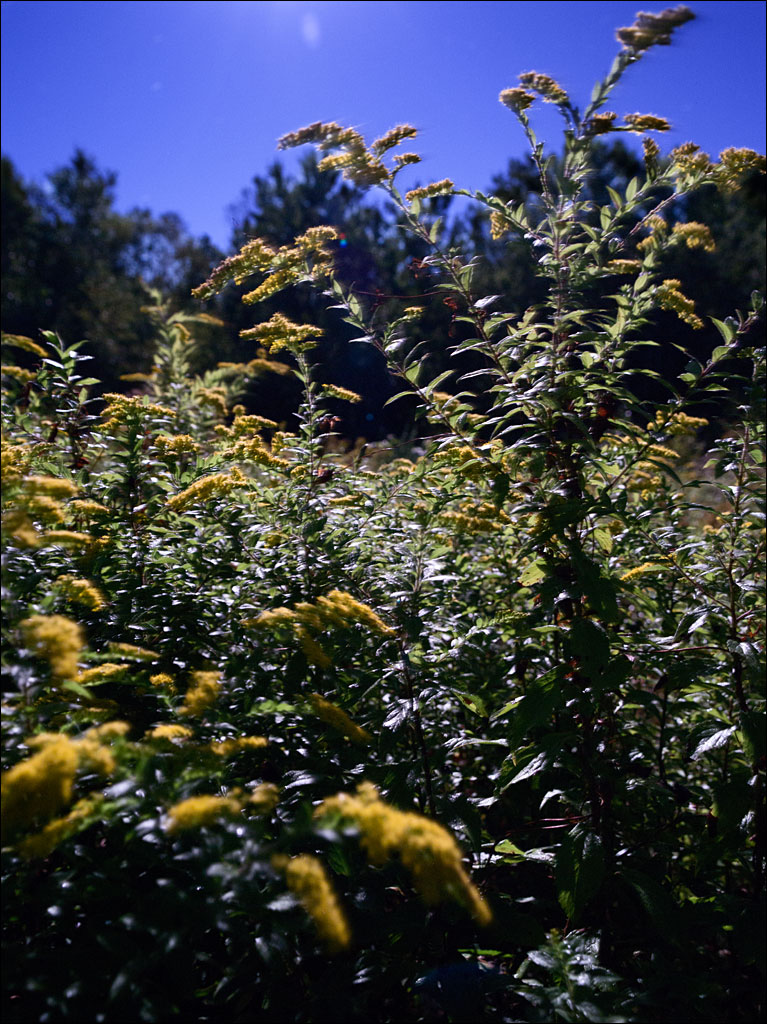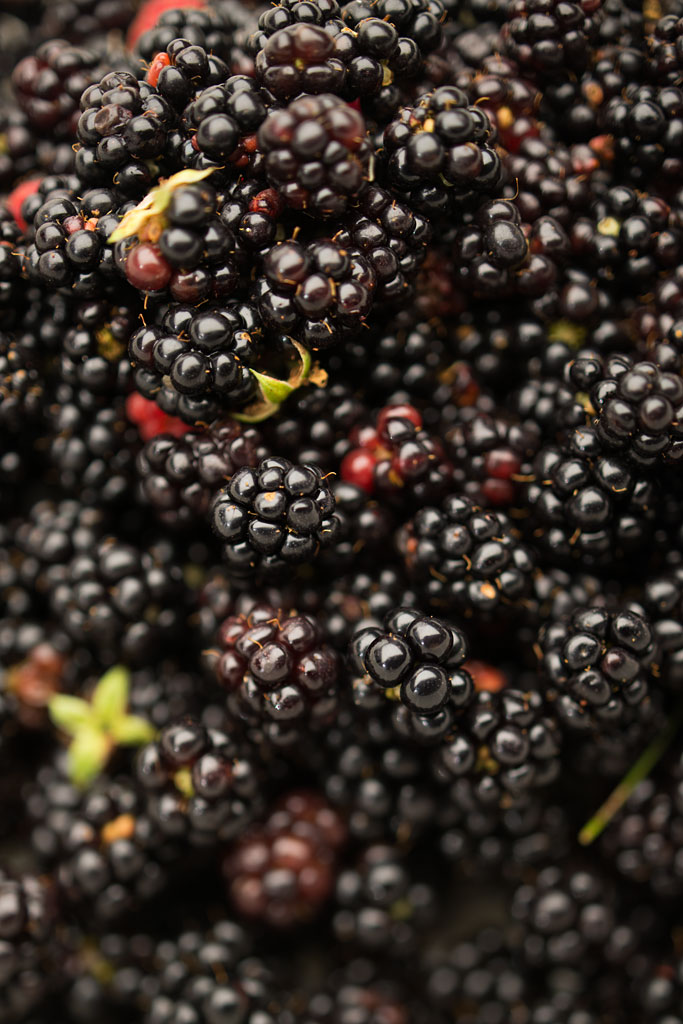 A month ago, our blackberries were green. This week, we began our annual harvest. This usually lasts about a month depending on the size of the crop. It looks like it might be a good year. Click on the image for a larger view.
A month ago, our blackberries were green. This week, we began our annual harvest. This usually lasts about a month depending on the size of the crop. It looks like it might be a good year. Click on the image for a larger view.
Tag Archives: Wild Plants
Queen Anne’s Lace—Edible Weeds
Blackberries in July
Sage
 While outside has been in the firm grip of winter, inside is showing signs of spring. Our sage has come into blossom. In Maine, sage is supposed to survive in the garden through winter, but we lost most of our crop during the ice storm at the end of 2013. Naomi saved one of the surviving plants in a pot. Click on the image for a larger view.
While outside has been in the firm grip of winter, inside is showing signs of spring. Our sage has come into blossom. In Maine, sage is supposed to survive in the garden through winter, but we lost most of our crop during the ice storm at the end of 2013. Naomi saved one of the surviving plants in a pot. Click on the image for a larger view.
Sage has a refreshing sweet scent, which makes it a wonderful indoor plant. We used it in cooking and for tea. Among Native Americans, sage is considered sacred and one of the most important ceremonial herbs: it has power to balance the body, mind, and spirit.
Self-Heal Tea
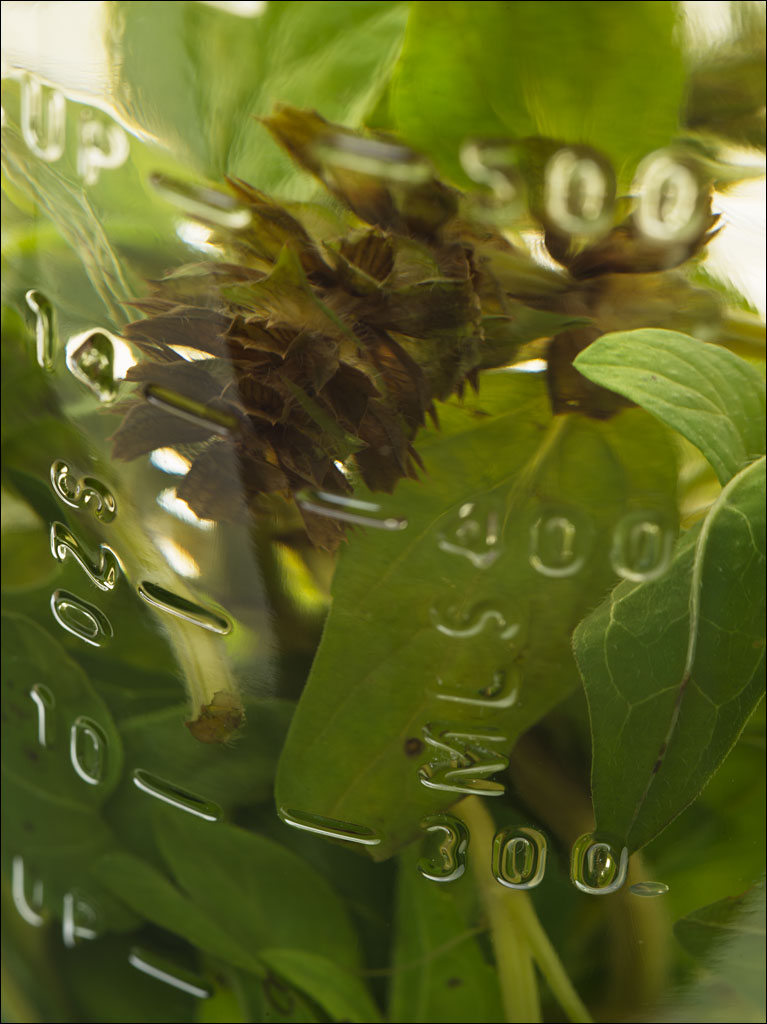 Prunella vulgaris, commonly known as Self Heal or Heal All, is known in many cultures to have healing properties. The entire plant is edible and can be uses in soups, salads, and stews. Like with our Goldenrod, we make tea from the plant. Unlike the bitterness of Goldenrod, this tea has a mild flavor. Click on the image for a larger view
Prunella vulgaris, commonly known as Self Heal or Heal All, is known in many cultures to have healing properties. The entire plant is edible and can be uses in soups, salads, and stews. Like with our Goldenrod, we make tea from the plant. Unlike the bitterness of Goldenrod, this tea has a mild flavor. Click on the image for a larger view
Goldenrod Seed Bread
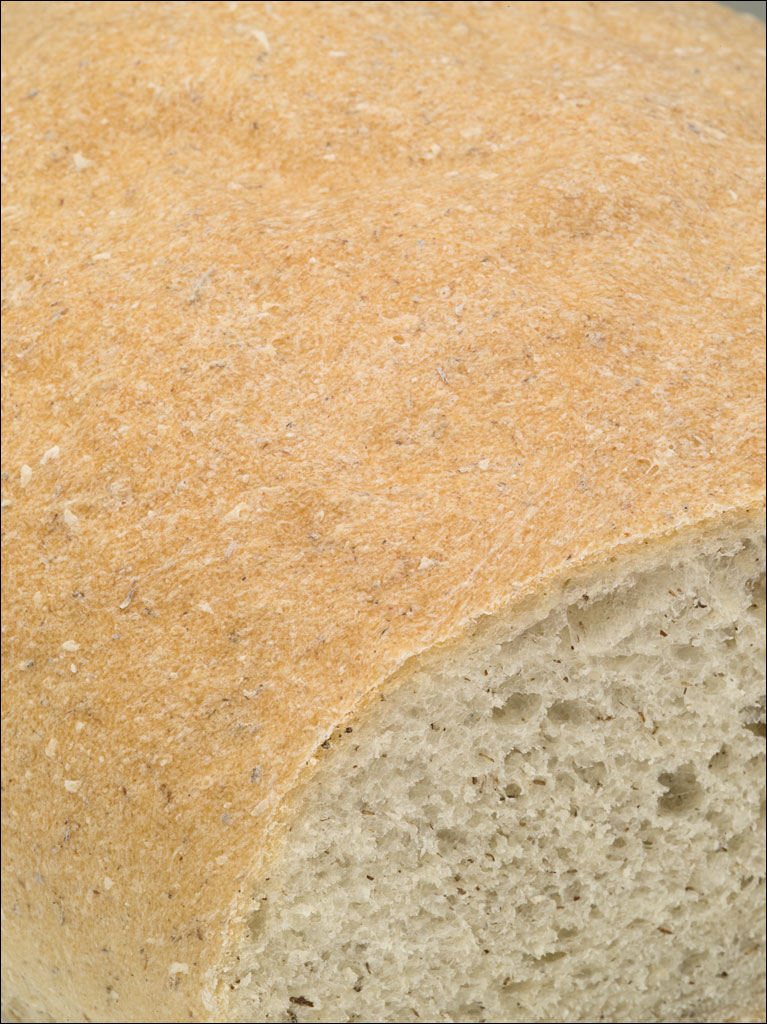 Naomi loves baking bread. This bread uses okara and seeds from our goldenrod plants—we also use goldenrod to make tea. The recipe is simple. Continue reading
Naomi loves baking bread. This bread uses okara and seeds from our goldenrod plants—we also use goldenrod to make tea. The recipe is simple. Continue reading
Under a Full Moon
Wild Plum
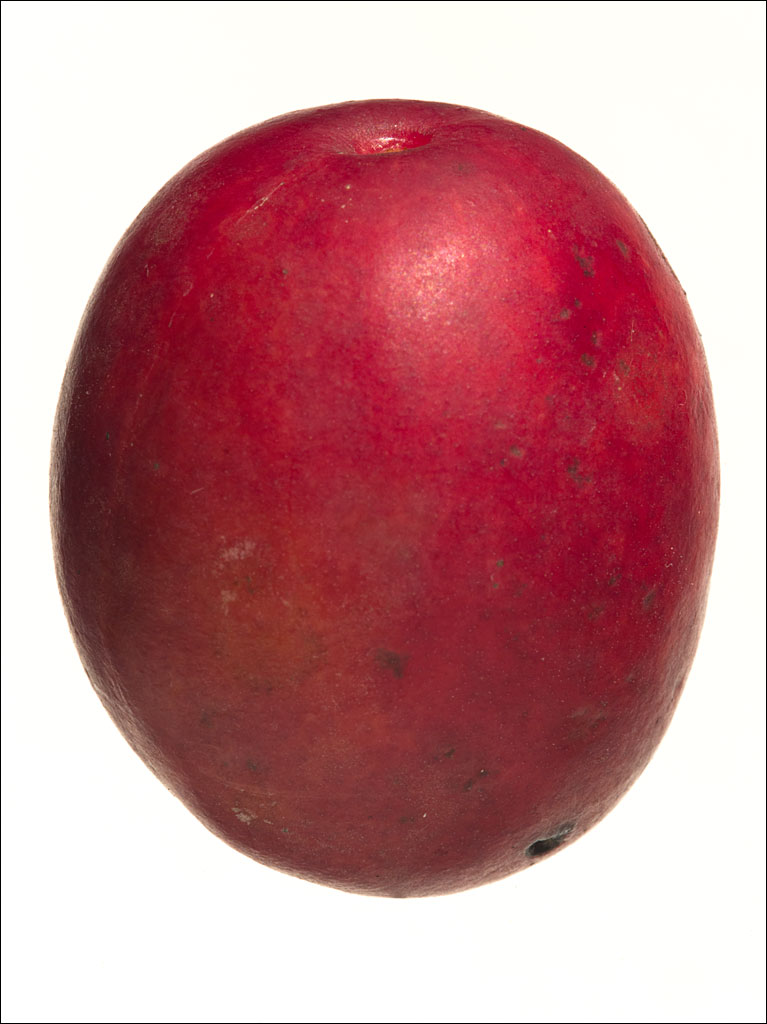 Each spring, our wild plum trees bloom in celebration of the arrival of the season. Usually, the insect population feasts on the fruit, leaving none for us. Yesterday, we found several of the plums that survived the summer. While not having the rich sweet flavor or the juiciness of the cultivated varieties, the plums are nonetheless a nice snack. They are small, about an inch or 2.5cm in length, and a little tart. Click on the image for a larger view.
Each spring, our wild plum trees bloom in celebration of the arrival of the season. Usually, the insect population feasts on the fruit, leaving none for us. Yesterday, we found several of the plums that survived the summer. While not having the rich sweet flavor or the juiciness of the cultivated varieties, the plums are nonetheless a nice snack. They are small, about an inch or 2.5cm in length, and a little tart. Click on the image for a larger view.
Red Currant Harvest
 Naomi and I made a wonderful discovery this week—we found two red currant trees in our forest. This is a great find and will add to our annual fruit harvest. If you like fruit with a tangy bite, these are great. These particular berries will most likely end up in out yoghurt for today’s breakfast. Click on the image for a larger view.
Naomi and I made a wonderful discovery this week—we found two red currant trees in our forest. This is a great find and will add to our annual fruit harvest. If you like fruit with a tangy bite, these are great. These particular berries will most likely end up in out yoghurt for today’s breakfast. Click on the image for a larger view.
Black-Eyed Susan
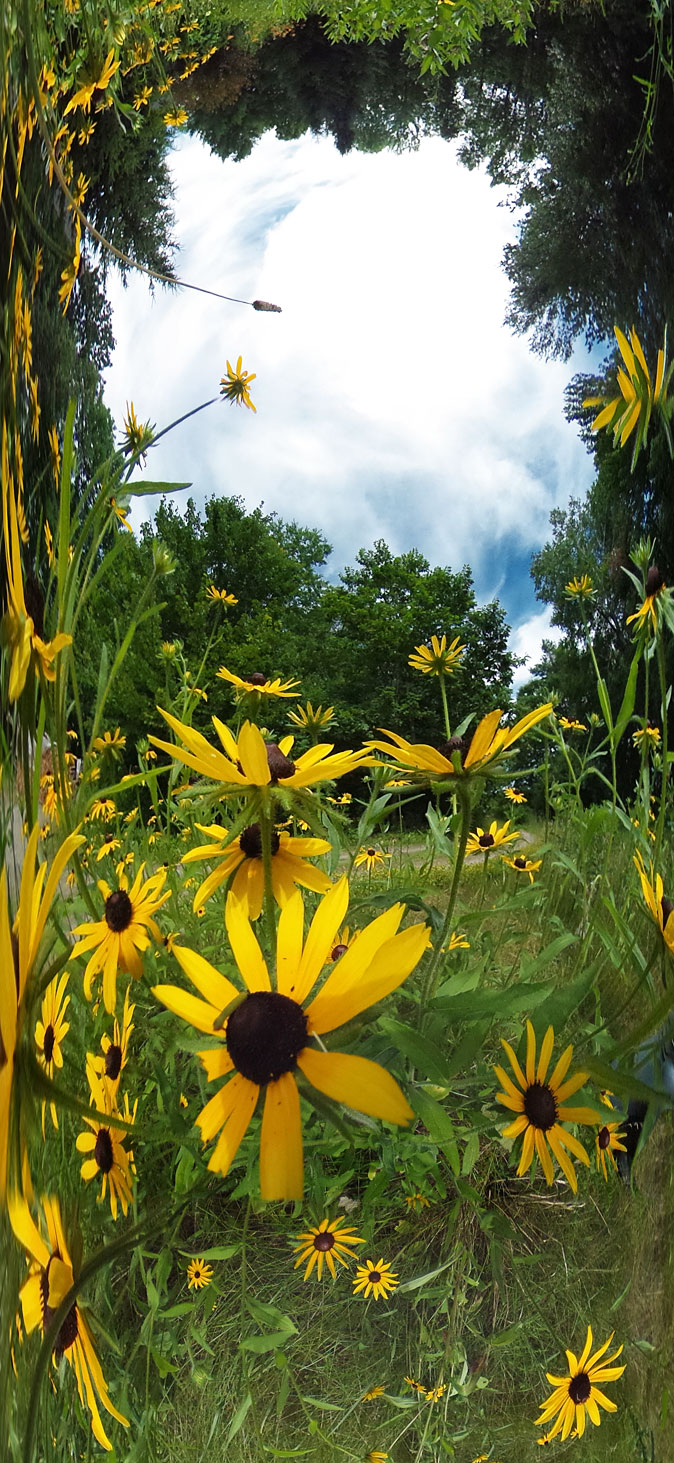 Our lawn is in bloom. The black-eyed susan is the perfect summer flower—big, bright, and joyful. The ideal blossom to draw with a box of crayons. Click on the image for a larger view.
Our lawn is in bloom. The black-eyed susan is the perfect summer flower—big, bright, and joyful. The ideal blossom to draw with a box of crayons. Click on the image for a larger view.

